
Let’s discuss what to wear to work. It’s safe to assume that the days of blazers and pencil skirts are mostly over. I believe that overall work settings have changed, not that they aren’t worn at the workplace anymore. No, really—I AM AFRAID that workplaces have evolved. Since I work in the fashion sector, I believe my perspective is even more slanted, but overall, I do think that the girls are reconsidering their working attire. The “professional” standard, in my opinion, has expanded in 2024 to include trendier items that you may now modify outside of your 9–5 job without having HR contact you.

“Business casual” is a word that you have undoubtedly heard before. But it might be a little more difficult to pinpoint exactly what it entails. After all, working norms are always changing along with fashions and trends.

Anh, who defines herself as “goal-oriented, career-driven, fashion-minded” is an expert at designing classic workplace ensembles that never go out of style. Anh’s wardrobe is well put together, going beyond fads and embracing basic essentials and colors to the fullest.

It’s also so adaptable that it can be worn in a variety of offices. Anh’s fondness of muted colors and traditional silhouettes with a contemporary touch is a great fit for her marketing consultancy work.

What You’ll Find:
Outfits for the spring and summer, timeless pants, business casual attire, and pregnancy fashion inspiration. In addition, year-round pieces, elegant closed-toe footwear, neutral hues, and interview-ready attire are included.

In addition to providing a ton of wardrobe suggestions and a definition of business casual, this comprehensive guide also includes advice on what not to wear.

Business casual dresses

Many individuals like the designs’ adaptability when it comes to business casual dresses.

For instance, the following are some of the greatest choices for business casual dresses:
- A-line dress
- Sheath dress
- Wrap dress
- Shift dress
- Knit dress
The most crucial thing to remember about dresses is that they all provide several looks that may be accessorized to make them appear more or less formal. Choose muted colors and straightforward designs.

Business casual Outfits
Because business casual clothing is so adaptable, there are a ton of different looks you could test out.
For instance, the following are some of the most popular business casual looks:
> A polo shirt with jeans and loafers made of leather or imitation leather
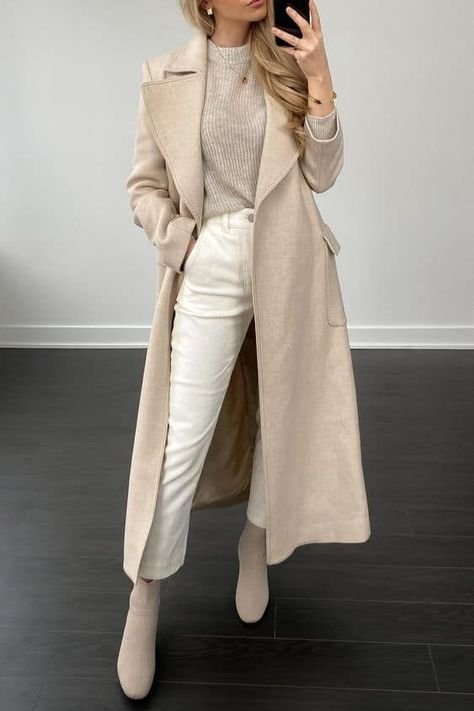
> A knit sweater with heels and a skirt (you may play around with the length and style of the skirt here)

> A cardigan over a simple T-shirt, fitted dark wash trousers, and derby shoes
> A button-down shirt, penny loafers, and khakis

> Oxford shoes, formal pants, and a sweater

> A well-maintained, fitted T-shirt, dark wash trousers (without any holes or rips), and ankle boots

> A shirt, dress pants, and ballet shoes

> A mock or turtleneck paired with loafers and chinos

Naturally, this is not a complete list. Try on a few different clothes without fear. It might take a moment to identify your go-to looks.
Plus-size options

You should feel comfortable wearing this sort of gear no matter what size your body is. There isn’t a fit that someone can’t wear because of their body type. But there are also some special plus-size business casual alternatives that could be beneficial to explore.
For example, experiment with tops and bottoms like:
> Sweaters (steer clear of the more boxy or ultra-tight options)

> T-shirts with tailored fits

> Skirts, which come in a variety of styles and lengths to experiment with

> Dark wash jeans with a tailored fit (bootcut or straight are both great options)

> Blouses (try different styles, such as peplums, wrap tops, or button-downs)

> Cardigans
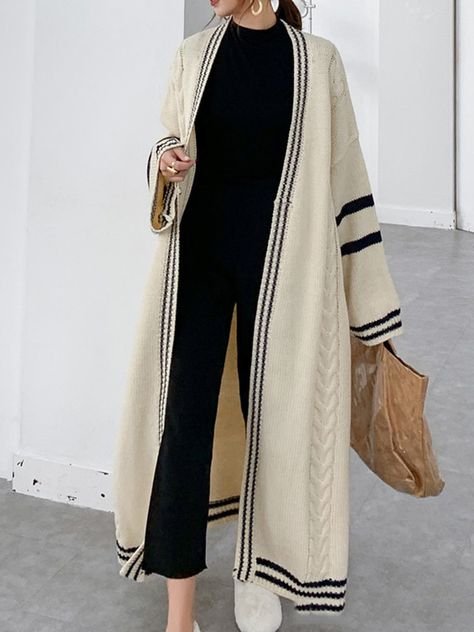
> Dress pants with tailored fits

> Chinos

Just keep in mind that plus-size business casual should make you feel comfortable about yourself and at ease in the clothes. To figure out exactly what you enjoy, you may need to explore a little.
Types of Businesses casual

Additionally, there are a plethora of variations in business casual clothing. For instance, choices may change according on the season or time of year.
Spring business casual
The concept behind spring business casual is to dress for the weather, which will include longer days. Additionally, you’ll have a little more leeway when it comes to mixing various patterns into your ensembles. For spring business casual, elements like lighter materials and vivid colors are crucial.
> On chilly spring days, a sweater with dress pants and ankle boots

> A blouse with a floral pattern paired with a skirt and flats

> Wearing a turtleneck, chinos, and loafers on a chilly day
> Chelsea boots, linen slacks, and a button-down shirt
> An athletic-fit T-shirt with dark wash pants and ballerina flats

> An A-line skirt and boots paired with a knit sweater
> Accessorizing these looks with leather watches, striking necklaces, or earrings is another option.
Summer business casual

Summer office casual outfits should emphasize breathable materials and cozy footwear as the temperature rises. You may also highlight bolder or more whimsical patterns, designs, and brighter colors, much as in the spring.
> A breezy button-down shirt (consider materials like cotton, linen, or chambray) paired with khaki chino slacks and shoes

> A lightweight sweater made of linen paired with formal pants and heels
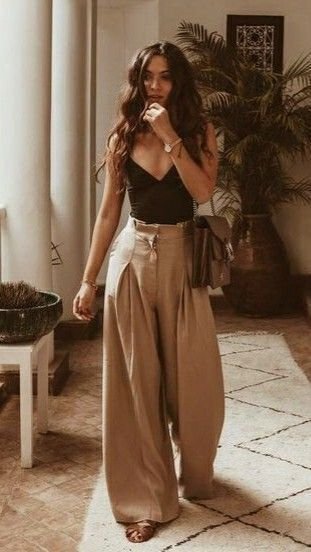
> Bright top combined with a flowery skirt and ballet shoes

> Ankle boots, cropped jeans, and a turtleneck
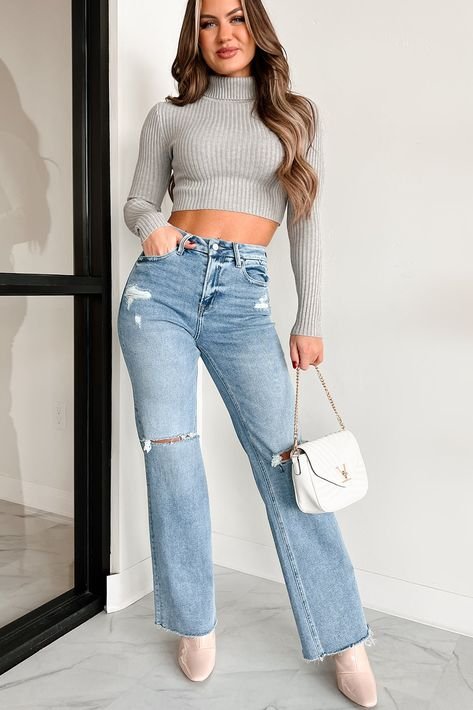
> Dress shoes and khakis with a polo shirt

> A form-fitting T-shirt, dark-wash pants, and ballet shoes
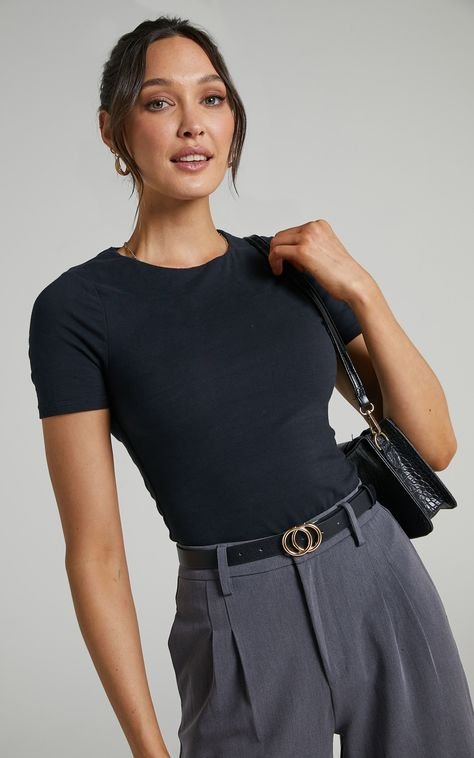
> A fitted pair of slacks and boots with a knit jumper or cardigan
Fall business casual
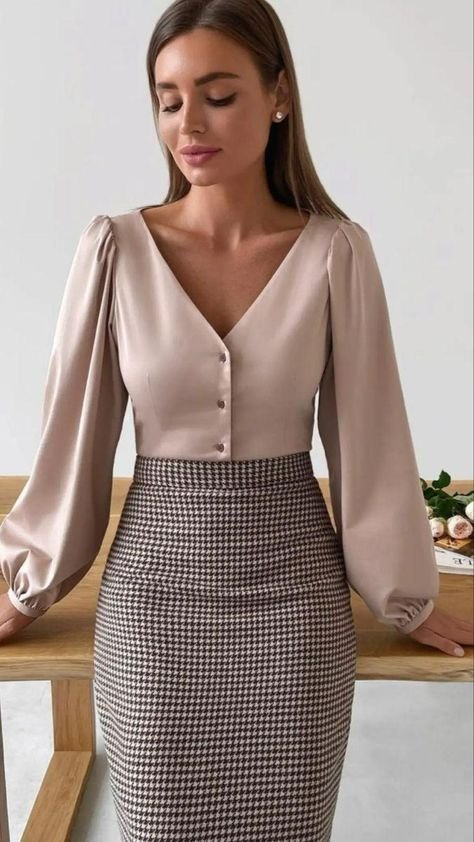
Trendy Fall outfit
You might try out some fall business casual alternatives as the temperature starts to drop. Specifically, you may go for deeper textures and more muted or earthy tones.
> Dress pants and leather loafers go well with a knit sweater (consider cashmere or merino wool).

> Chelsea boots, fitted denim, and a turtleneck

> Ankle boots, a neutral skirt, and a layered cardigan over a blouse

> Earthy-toned chinos, a button-down shirt with warm undertones, and dress shoes

> A polo shirt with corduroy slacks and loafers (choose a thicker cotton or piqué fabric).
> A neutral-colored knit sweater dress accessorized with a bold necklace and boots

> Dress pants, flats, and a blouse layered over a blazer
Winter business casual
Your top priority should probably be warmth for winter business casual. Cozy knits, layered styles, and rich textures are excellent choices.
> A cozy knit wrap dress with boots

> A cozy wool sweater paired with loafers and formal pants

> A cardigan tucked beneath a polo shirt, along with penny loafers and dark wash jeans

> A sweater dress, tights, and flats in muted colors
> A skirt and a blouse with a knit sweater and flats
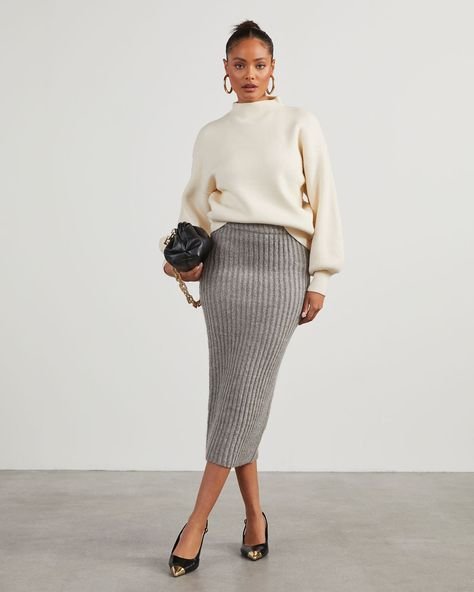
> An A-line skirt, neutral-toned boots, and a turtleneck
Use layers and accessories like hats, scarves, and gloves to stay warm when dressing for the winter.
What should NOT to wear
Of course, there are some essential pieces of apparel that do not fall within the business casual category. It is helpful to be aware of these goods so you can steer clear of them.
> Clothing with potentially offensive logos, pictures, or writing (curse words, vulgar speech, language that excludes certain groups, or pornographic imagery)

> Tops with a lot of cleavage, while some more body-positive companies won’t discriminate against you for it
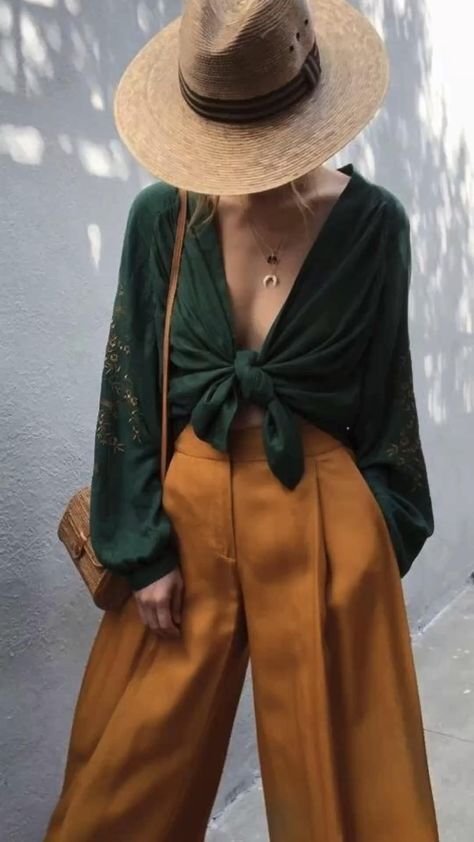
> Crop tops or backless shirts (although certain businesses are more lax in this regard)
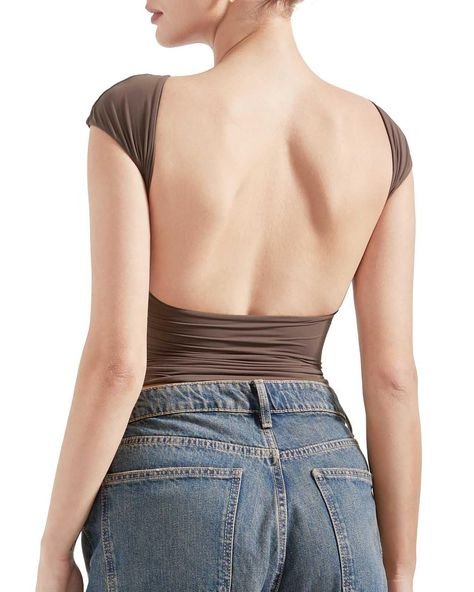
> Extremely form-fitting or tight clothes, especially clothing deemed “too short” (however, as mentioned earlier, certain companies are more tolerant of this kind of attire).

> Athletic or tennis shoes, particularly those that are well-worn, grimy, or ancient
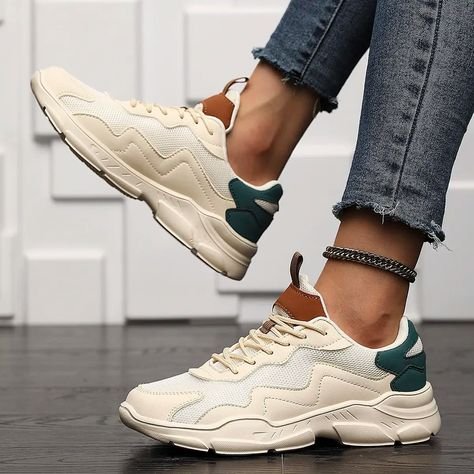
> Shorts
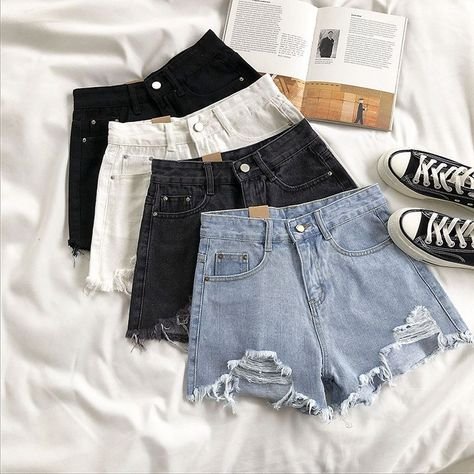

> Worn clothing having holes in it, like slim pants with the knees cut off

Business casual Trends
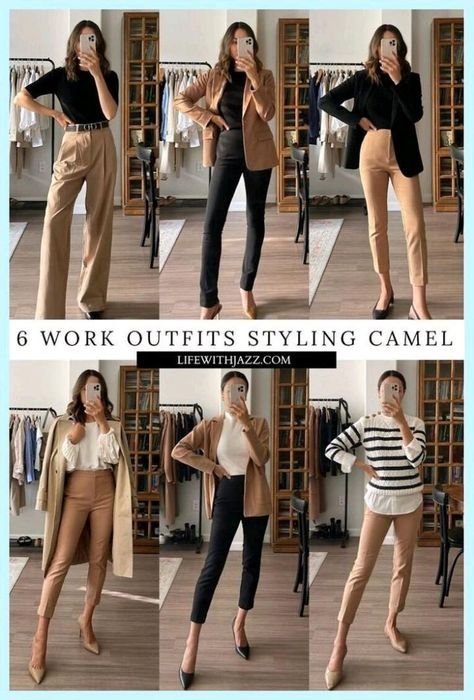
There are some notable patterns that have emerged recently. You may vary your clothes and appearance by loosely following the different fashion trends.
Even with this kind of clothing, it is more customary to prioritize comfort. Cozy knit sweaters and plush materials are preferred over tight shirts. Lightweight, breathable materials like linen, cotton, and Tencel are excellent choices. Another element of this cozy style is relaxed shapes, particularly in the case of wide-leg jeans, oversized jackets, and loose-fitting pants.
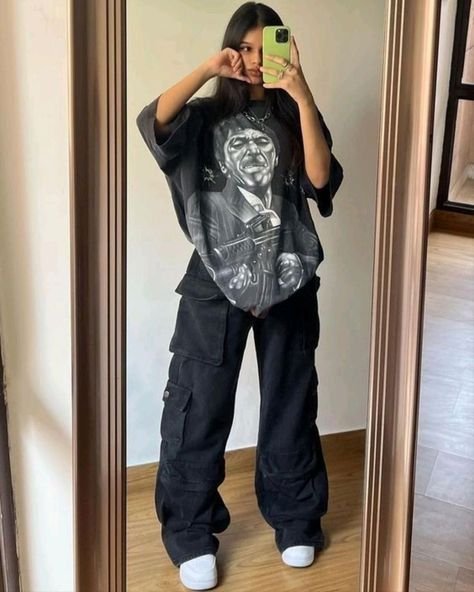
Another “trend” that is becoming popular is thrifting and environmentally friendly apparel. People are turning to thrift stores and family hand-me-downs as well as used items instead of supporting fast fashion when building a wardrobe.
The Main Point to Remember
Having a concept of what you enjoy should make it easier to choose some work casual clothing that make you happy and are both comfortable and fashionable.

Conclusion
Rigid dress guidelines and consistent styles are things of the past when it comes to business wear. These days, comfort, adaptability, and individual expression are crucial. You may put together business attire that is not only professional but also fashionable and authentically you by combining current trends. These trends will enable you to work from home or attend a board meeting with style and confidence. They also assist you choose your outfit for creative pitches and meetings.
